Pickleball, tennis, paddle tennis, and platform tennis may appear similar, but they differ in several key aspects. Each game is defined by distinct court dimensions, net heights, equipment, and rules that create completely different playing experiences. Knowing these differences helps you understand what makes each sport unique and which one might suit your style best.
This guide cuts through the noise. We’ll compare pickleball with all three types of tennis, including tennis, paddle tennis, and platform tennis, by exploring court size, net height, equipment, rules, and play style to show what sets them apart and why pickleball is winning over millions.
Core Differences of Pickleball and Tennis
Though both are net-based racquet sports, pickleball and tennis are built for different experiences.
Court Size and Layout of Pickleball and Tennis
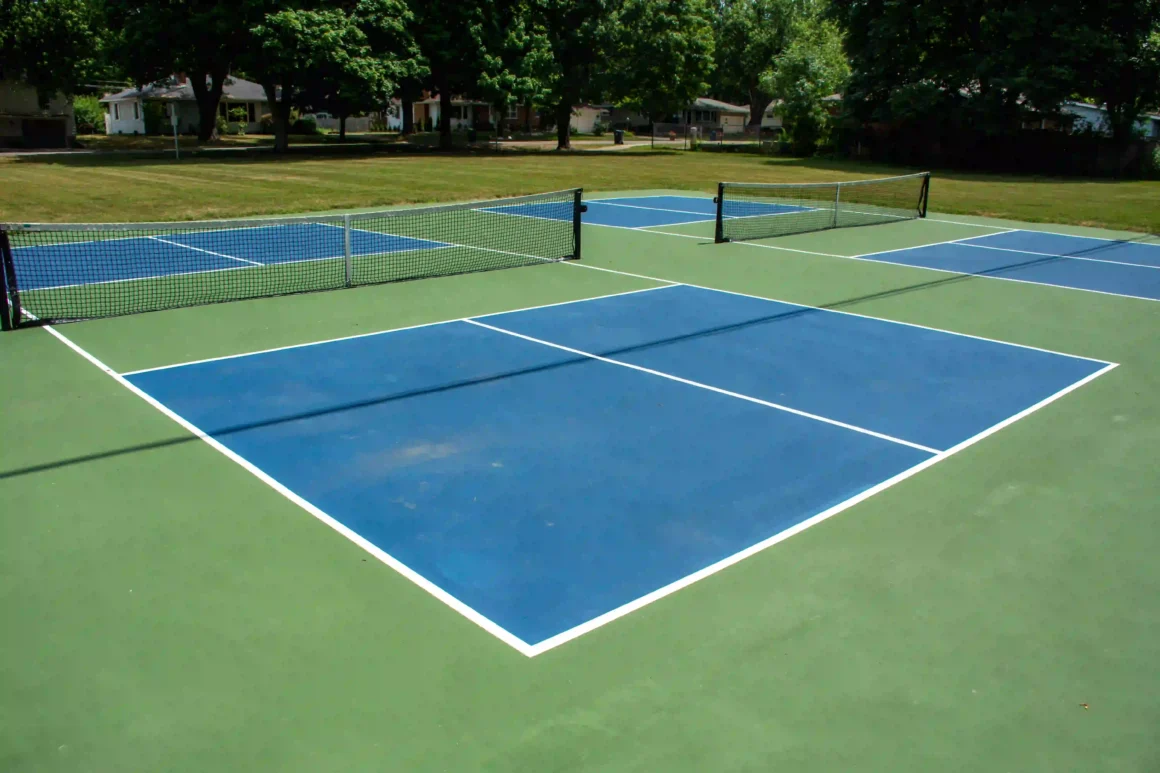
A pickleball court measures 20 feet wide by 44 feet long, the same size as a badminton doubles court. In contrast, a tennis court spans 78 feet in length, with widths of 27 feet for singles or 36 feet for doubles.
That means up to four pickleball courts can fit on a single tennis court. Pickleball also features a 7-foot non-volley zone (the “Kitchen”) on each side of the net, where volleys are prohibited. This rule is absent in tennis.
Net Height Difference of Pickleball and Tennis
Net height is a subtle but critical distinction:
- Pickleball: 34 inches at the centre, 36 inches at the posts
- Tennis: 36 inches at the centre, 42 inches at the posts
The lowest point of a tennis net is actually higher than the lowest point of a pickleball net. This lower net makes pickleball more accessible, especially for beginners and older players.
Equipment Difference of Pickleball and Tennis
Pickleball uses a solid composite paddle and a lightweight plastic ball with 26 to 40 holes. Tennis relies on a strung racket and a pressurised felt-covered rubber ball.
The pickleball’s low bounce (0 to 34 inches from a 78-inch drop) and slower speed reduce strain and simplify control.
Serving Rules and Scoring Systems of Pickleball and Tennis
In pickleball, players serve underhand only, using either a volley or drop serve. Only the serving side can score, and games are played to 11 points, win by 2. The double-bounce rule requires the ball to bounce once per side before volleys. Pickleball scoring is simpler and more intuitive, closer to table tennis than traditional tennis.
In tennis, players can serve overhand or underhand, though overhand dominates. Either side can score using the traditional 15-30-40 system. Sets go to six games, and matches are usually best-of-3 or best-of-5 sets. Tennis scoring is more complex, requiring players to track points carefully throughout the game.
Read More: How to Play Pickleball?
Quick Comparison of Pickleball and Tennis
Check out the following table for easy comparison between pickleball and tennis, including court size, net height, ball type, serving style, and scoring system.
| Feature | Pickleball | Tennis |
| Court Size | 20′ × 44′ (6.1 × 13.4 m) | 27′ × 78′ singles / 36′ × 78′ doubles |
| Net Height (Centre) | 34″ (0.86 m) | 36″ (0.91 m) |
| Net Height (Posts) | 36″ | 42″ |
| Ball Type | Plastic, 26–40 holes | Felt-covered rubber, pressurised |
| Ball Weight | 22–27 g | 56–60 g |
| Serve Type | Underhand only | Overhand or underhand |
| Scoring | First to 11, win by 2; only serving side scores | 15-30-40, games, sets; either side can score |
| Special Zone | 7′ non-volley zone (“Kitchen”) | None |
Pickleball vs Paddle Tennis
What is Paddle Tennis?
Paddle tennis is an American racquet sport that originated in the early 1900s and is often mistaken for padel. Played mostly in the U.S., especially in colder regions, it’s designed for year-round play on smaller hard courts, roughly 27 by 60 feet, without doubles alleys. Players use solid, perforated paddles and a depressurised tennis ball that bounces lower than a regular one.
Unlike pickleball, paddle tennis allows overhand serves and follows traditional tennis scoring (15, 30, 40, game). There’s no “kitchen” zone, so volleys are permitted anywhere on the paddle tennis court. Though it shares similarities with tennis, paddle tennis remains a niche sport with limited global reach compared to the fast-growing popularity of pickleball.
Key Differences of Pickleball vs Paddle Tennis
- Ball: Uses a depressurised tennis ball, softer bounce than standard tennis
- Paddle: Solid, perforated, slightly larger than pickleball paddles
- Net: ~36 inches high (similar to tennis)
- No Kitchen Rule: Volleys allowed anywhere
- Serving: Can be overhand
- Scoring: Follows traditional tennis scoring
Paddle tennis retains more tennis DNA but lacks pickleball’s simplicity and global scalability.
Pickleball vs Platform Tennis
What Is Platform Tennis?
Platform tennis, sometimes called “paddle” in its core regions, is a winter sport invented in 1928 in Scarsdale, New York. It’s played on elevated, heated synthetic courts surrounded by 12-foot-high wire fencing, which is fully in play. Players can hit the ball off the walls, adding a three-dimensional element to rallies. The court measures about 22 by 44 feet, slightly smaller than a pickleball court, and the walls change strategy and movement.
Players use a perforated solid paddle and a spongy rubber ball designed for cold-weather play. The net is roughly 36 inches high at the centre, and games are usually doubles. Platform tennis remains niche, mostly in the Northeastern and Midwestern U.S., and its seasonal, infrastructure-heavy nature makes it far less scalable than pickleball.
Key Differences of Pickleball vs Platform Tennis
- Court: ~22′ × 44′ with enclosed fencing
- Surface: Elevated and heated
- Ball: Spongy rubber ball with very low bounce
- Paddle: Perforated solid paddle
- Walls: Integral to play, shots can rebound off the fencing
- Season: Primarily winter
- Region: Mostly Northeast and Midwest U.S.
Platform tennis is niche, weather-dependent, and physically demanding. Pickleball wins on accessibility, indoor/outdoor flexibility, and ease of learning.
Can You Convert a Tennis Court into a Pickleball Court?
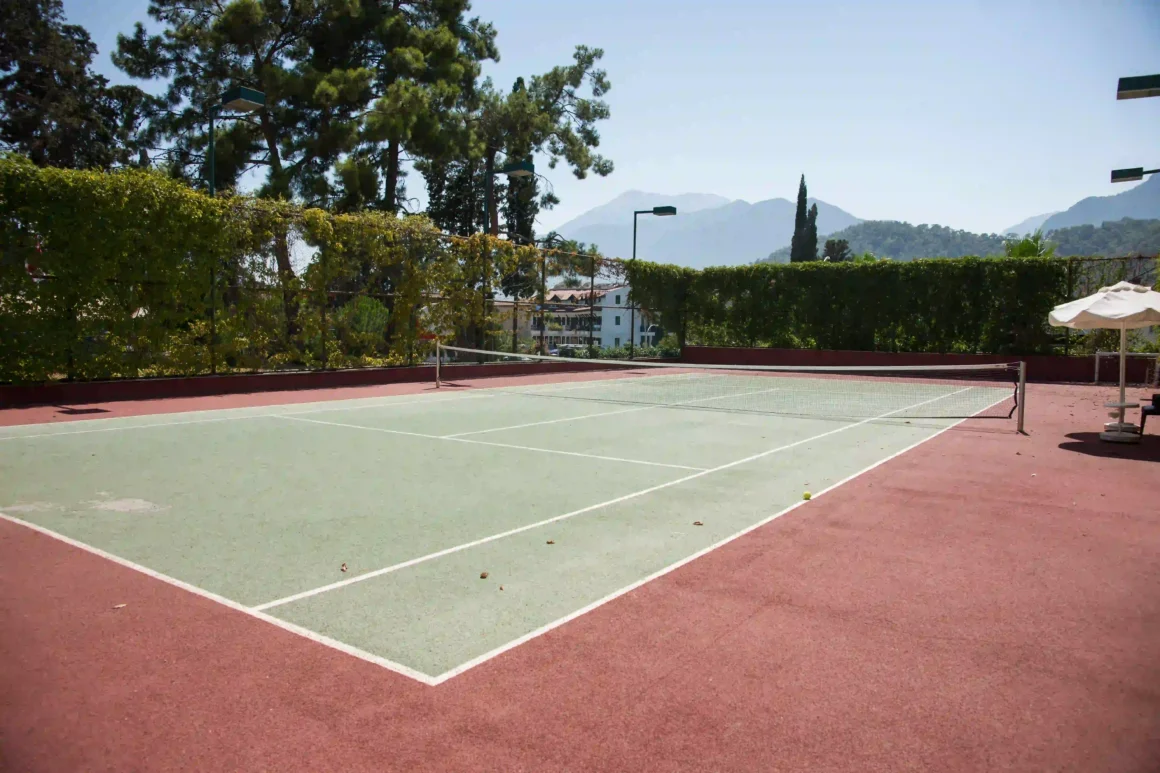
Yes. Converting a tennis court into one or more pickleball courts is not only possible, it’s one of the primary reasons for pickleball’s explosive growth. A standard tennis court (78′ × 36′) can easily accommodate two to four pickleball courts, depending on layout and local regulations.
Most conversions use temporary or permanent striping in a contrasting colour (often blue, green, or red) to overlay pickleball lines onto the existing tennis surface. Portable pickleball nets or adjustable tennis nets, lowered to 34 inches at the centre, complete the setup. Many public parks, schools, and private clubs now use multi-sport court markings to maximise space and serve diverse communities.
The conversion requires minimal investment: just paddles, balls, and basic net systems. This flexibility allows facilities to host both sports on the same surface, making pickleball an affordable, space-efficient addition to any recreation program. In fact, the USTA and USA Pickleball actively encourage such conversions to meet rising demand, proving that pickleball doesn’t need new infrastructure to thrive. It can grow right on top of what already exists.
Pickleball vs Paddle Tennis vs Platform Tennis
The table below compares pickleball, paddle tennis, and platform tennis across key features, including origin, court size, equipment, and playing conditions.
| Feature | Pickleball | Paddle Tennis | Platform Tennis |
| Origin | 1965, USA | Early 1900s, USA | 1928, USA |
| Court Size | 20′ × 44′ | ~27′ × 60′ (no alleys) | ~22′ × 44′ with 12′ fencing |
| Surface | Hard court | Hard court (often heated) | Elevated, heated, with chicken wire walls |
| Net Height (Centre) | 34″ | ~36″ | ~36″ |
| Ball | Perforated plastic | Depressurised tennis ball | Spongy rubber ball |
| Paddle/Racket | Solid composite paddle | Solid paddle | Perforated solid paddle |
| Walls/Fencing | No | Sometimes | Yes – ball can be played off walls |
| Primary Season | Year-round | Year-round | Winter |
| Common Regions | Global (esp. U.S.) | Northeast U.S. | Northeast & Midwest U.S. |
Conclusion
So, Why Pickleball Is Surging all of a sudden? Pickleball isn’t just growing. It’s reshaping recreational sport. With its smaller court, lighter gear, simple rules, and strong social element, it welcomes players of all ages and abilities.
Apple’s study found pickleball players are 60% less likely to show signs of depression, a testament to its joyful, inclusive nature. Unlike paddle or platform tennis, pickleball scales globally, adapts to any surface, and requires minimal investment.
Whether you’re rehabbing an injury, seeking connection, or just want to stay active without exhaustion, pickleball delivers.
Download Playo on Android or iOS, or visit playo.co to register for start playing.
Frequently Asked Questions
Tennis players love pickleball for its lower impact, shorter learning curve, and social play that focuses on doubles. It’s easier on joints but still mentally engaging.
It’s not named after pickles! The story pickleball sport goes that co-founder Joel Pritchard’s wife, Joan, thought the mix of players and borrowed equipment reminded her of a “pickle boat,” a rowing team made up of leftover crew members. Similarly, pickleball was created by blending elements of different sports like badminton, tennis, and ping pong, making the quirky name a perfect reflection of its mixed origins.
Not yet, but with over 4.8 million U.S. players and recognition by USA Pickleball and the International Federation of Pickleball, Olympic inclusion by 2028 or 2032 is possible.
“Stay out of the Kitchen unless the ball bounces.” Volleys in the 7-foot non-volley zone result in a fault. This keeps the game fair and strategic.
None. Pickleball is the disruptor, not the disrupted. Its growth shows no signs of slowing, and it’s becoming a staple in community recreation worldwide.

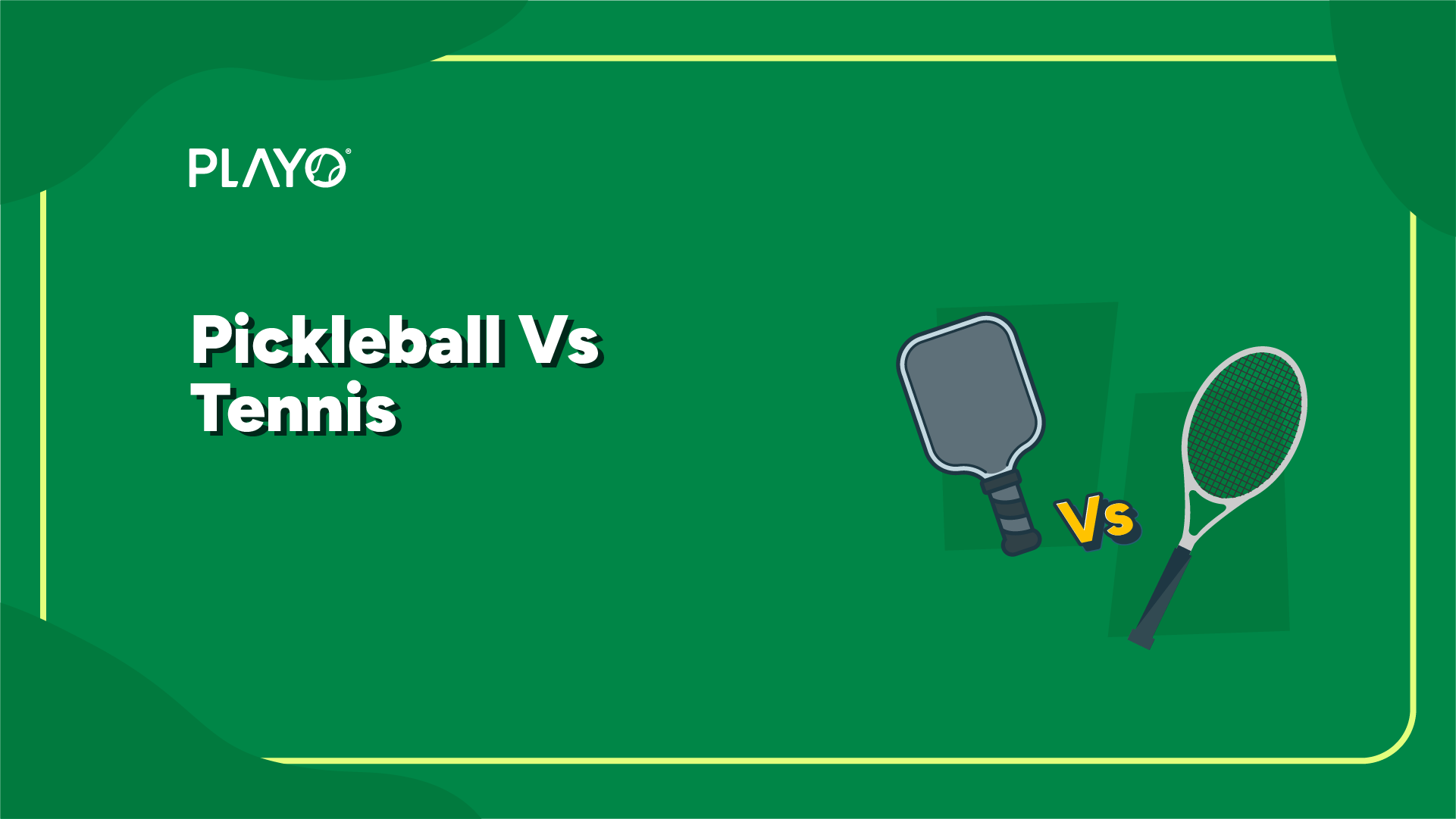
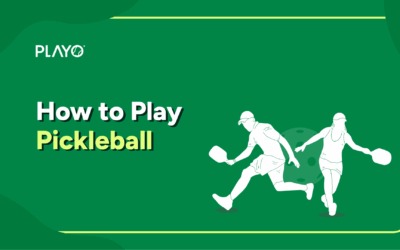
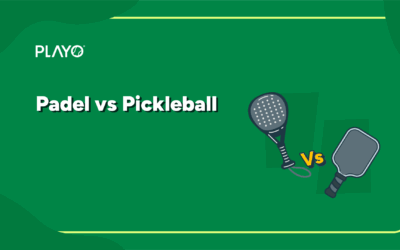
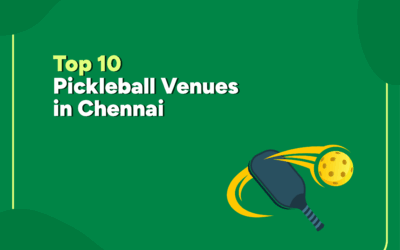
0 Comments